Eating in Tokyo: Our Favorite Foods
Every morning before starting out on another day in Tokyo, I would ask Jürgen what he was most excited about. It didn’t matter whether we were planning to visit an ancient temple, a renowned museum, a crazy festival or a gorgeous garden, his response was always the same: “Eating.” And I would thoughtfully nod in agreement. Of all the things Tokyo has to offer, its delicious and surprisingly affordable food is probably the highlight. This is a city in which it’s almost impossible to eat poorly.
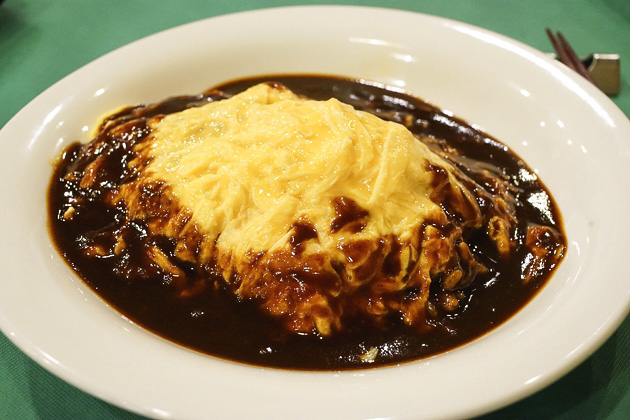
As a foreigner, ordering your meal in Japan isn’t always the easiest task in the world. What is Mentaiko? Katsu-sando? Karaage? Are these fish guts? Cow brains? The words are so unfamiliar that anything is possible. But the first time someone suggested omurice, I knew I could rest easy. I ordered with confidence, and watched with satisfaction as exactly what I expected was placed before me: an omelette served atop rice. Omurice! Sounds simple, and it is, but somehow Tokyo’s restaurants elevate this no-nonsense dish to a delectable art form. [Photos]
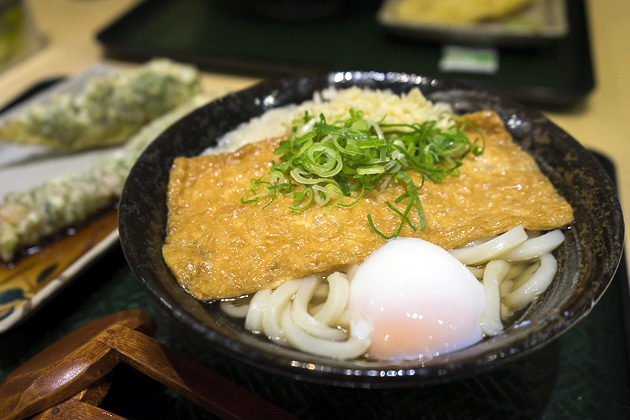
Thick white noodles made from wheat flour, udon competes with soba and ramen for noodle dominance in Tokyo. At its simplest, udon is served in big bowls of hot broth, topped with scallions, but there are endless ways to order it. Topped with tempura. Served with a piece of sweet tofu called aburaage. Accompanied with mochi: a glutinous rice ball (not my favorite). You can have cold udon, udon with veggies, or with raw egg. It’s one of the cheapest and quickest meals in Tokyo, and the chewy noodles always hit the spot. [Photos]
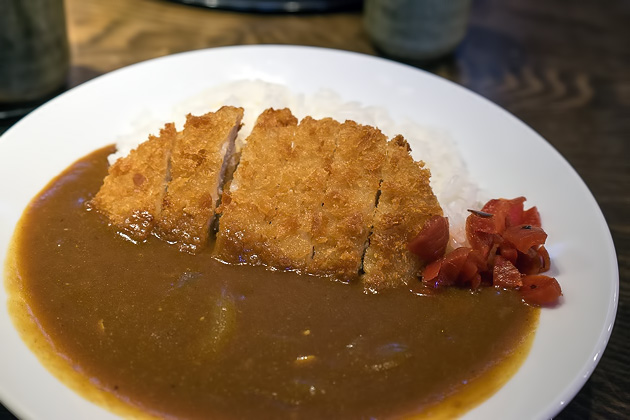
We had been introduced to tonkatsu, breaded pork cutlets, during our time in Busan, South Korea, but the deep-fried dish is originally from Tokyo. Like udon, this is a dish you can order in a variety of ways: in a sandwich, covered with curry, or atop a bowl of rice. But in our estimation, the classic tonkatsu plate is still the best: served with a heaping helping of shredded cabbage, and topped with a dark and tangy Worcestershire-style sauce.
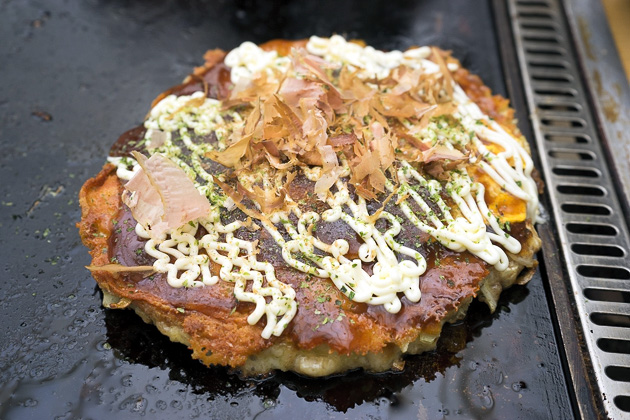
It might seem wrong that, as a customer in a restaurant, you’re forced to cook your own meal. But when you can skip all the prep-work — all the chopping, thinking and balancing of ingredients — cooking can be a blast. We consistently enjoyed the okonomiyaki restaurants we went to. You choose the mix that sounds best, then pour the batter out onto the perfectly-heated plate in front of you. The flipping is tricky, but within minutes you’ll have a wonderful pancake-style dish. Or a horrid, splattery clump of half-cooked dough. [Photos]
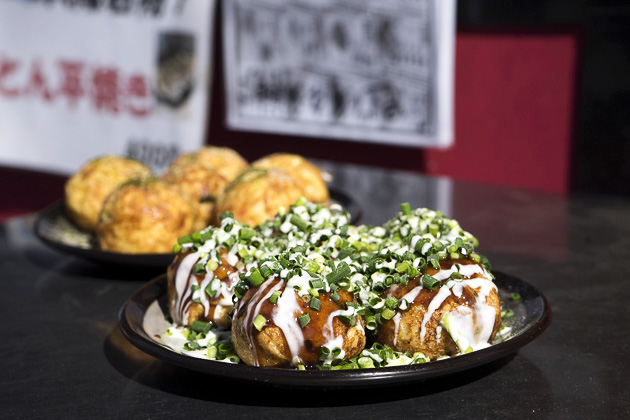
Frequently, we’ll be indulging in a favorite new foreign food and I’ll say something like, “Why don’t we have this back home? This would totally be popular in America!” But while eating takoyaki, I didn’t say that. I mean, I enjoy takoyaki, but I seriously doubt that it will ever succeed with my countrymen. These are, after all, fried octopus balls. Deep-fried dumplings of dough, each concealing a big chunk of octopus. They’re cheap, yummy and popular in Japan, but Americans are more likely to embrace seppuku. [Photos]
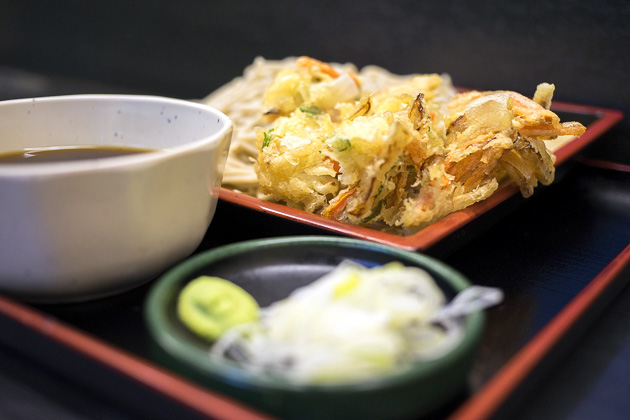
Tempura is fried food, nothing less and nothing more. Fish and vegetables tossed in a flour batter and dropped in oil. Unlike octopus balls, fried food is a concept which my inner-American has no problem with. But somehow tempura tastes different than what I’m used to. Lighter, crispier and healthier. The batter is kept cold and clumpy, not mixed too much, and the frying is done in regular vegetable or canola oil, for the barest minimum of time. You can find tempura restaurants ranging from the very cheap to the quite expensive, but what you’re unlikely to find is tempura done badly. [Photos]

It’s sushi, and this is Tokyo. Do you want me to elaborate on that? You know it’s delicious. It’s delicious, fresh, perfectly prepared, served in millions of wonderful restaurants on every corner, and it’s absolutely affordable. Come to Tokyo and eat as much sushi as you can stomach, because when you go home and are charged eight dollars for a single piece of tuna nigiri, you’ll wish you had eaten more. [Photos]
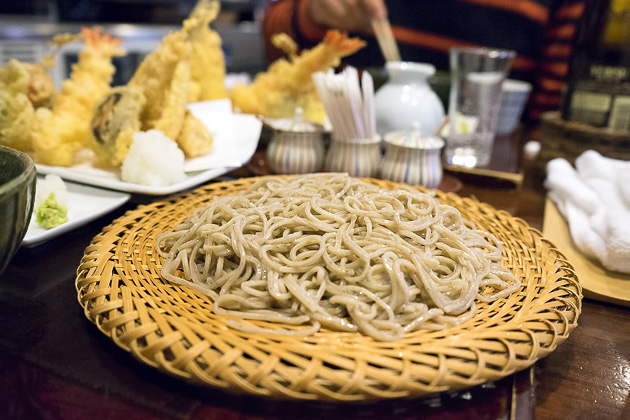
We learned how to make soba noodles during a day spent with a master chef. But it was by watching (and listening to) fellow patrons in the restaurants of Tokyo, that we learned how to slurp. Soba are hand-cut buckwheat noodles, normally served cold, with a small bowl of soy-based dipping sauce that’s garnished with spring onions. You grab a few noodles with your chopsticks, dunk them half-way into the sauce, and then … slurrrrp. One of our favorite meals. [Photos]
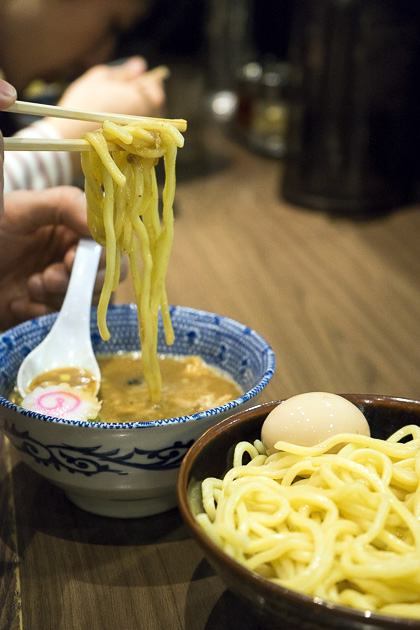
I thought I knew all about ramen noodles. I went to college, after all, and survived four years on a diet of Papa John’s pizza, beer and ramen. But I knew nothing. Those dried-out noodles in styrofoam cups have as much to do with real ramen as Pringles have to do with potatoes. From the first steaming bowl I tried in Tokyo, I was hooked. I could eat ramen for weeks and never get sick of it, especially since there’s such variety. Every region of Japan has its own spin on the dish, and you can find them all in the capital. Especially popular in Tokyo are tsukemen, or dipping ramen noodles. [Photos]
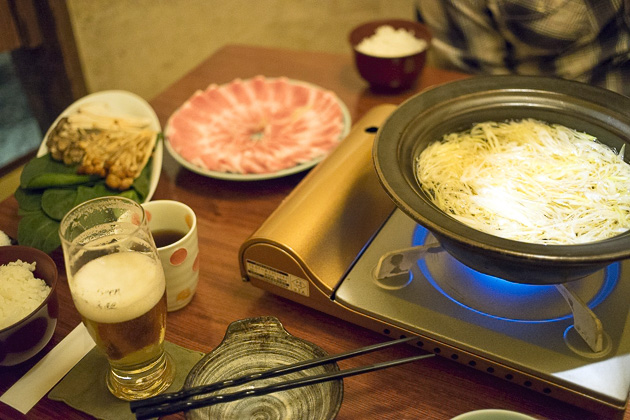
A pot of broth is set upon the burner built into your table, and soon the waitress will bring a tray of vegetables and meat. Once the broth is boiling, you start plopping in the food, leaving it to cook for as long as you want. Then you eat it. Shabu-shabu is another Japanese dish which asks the customer to do the cooking himself. The name is derived from the sound the food makes as you stir it around the pot. I’d be more inclined to call it “hiss hiss,” but “shabu shabu” is apparently how the Japanese ear hears that sound. At any rate, this is a fun meal to enjoy with friends. [Photos]
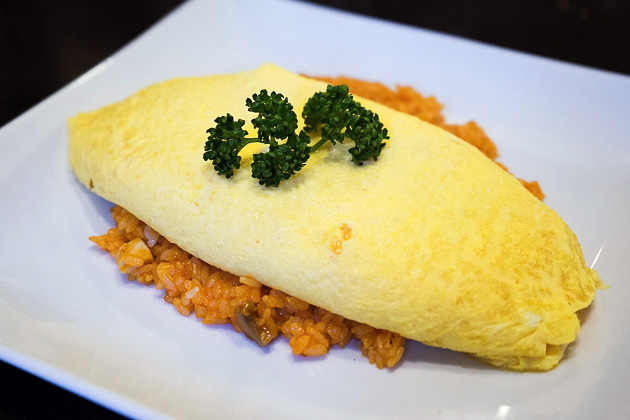
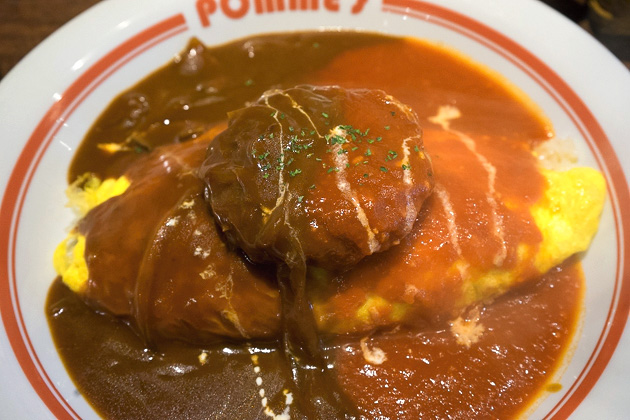
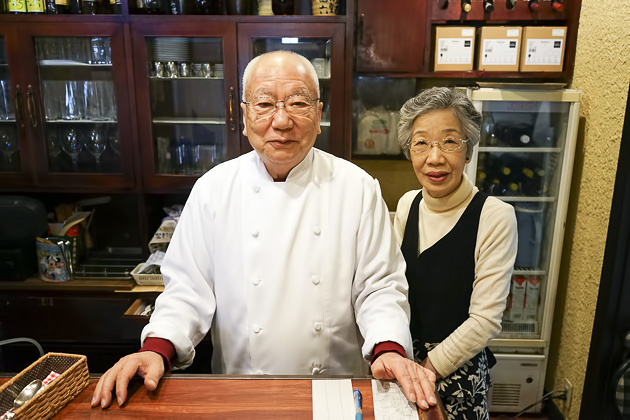
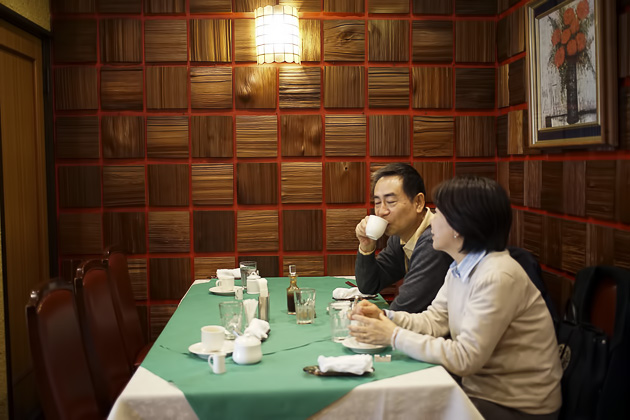
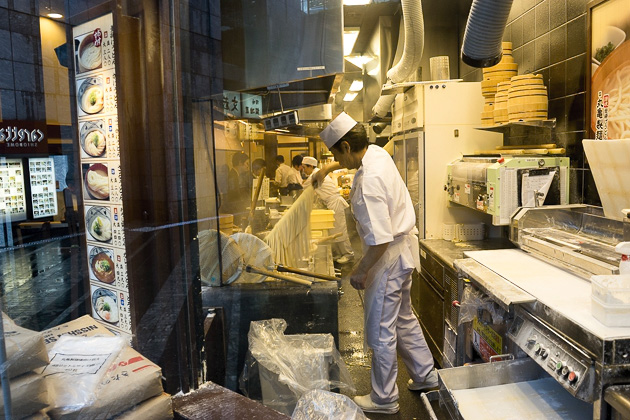
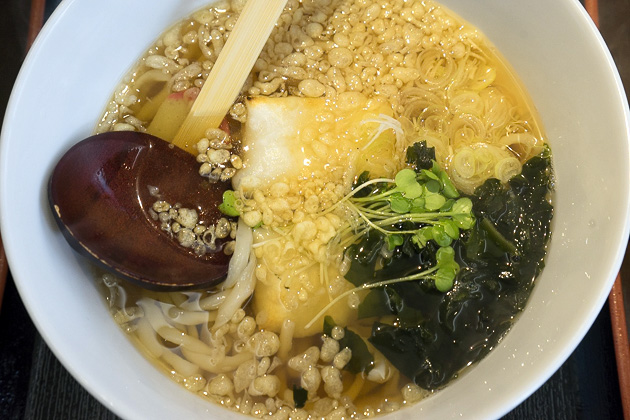
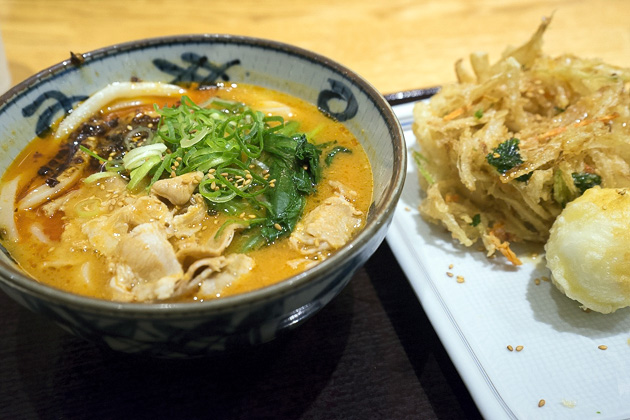
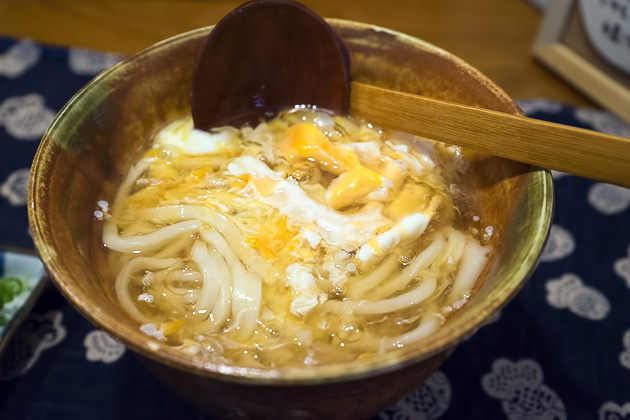
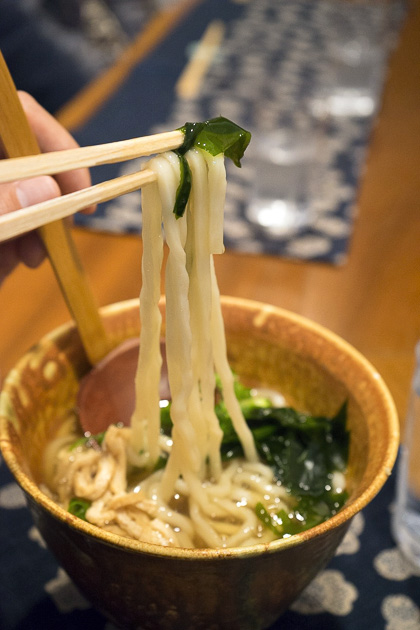
.JPG)
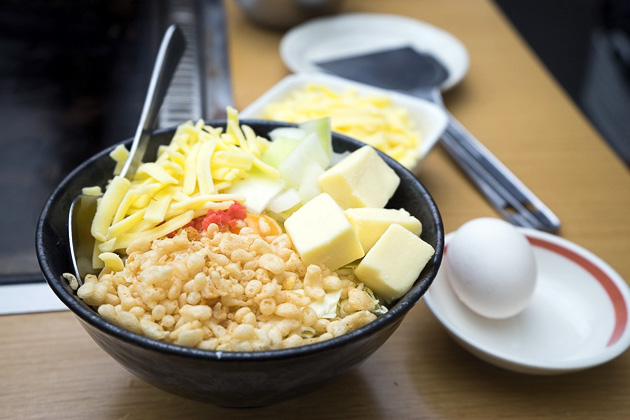
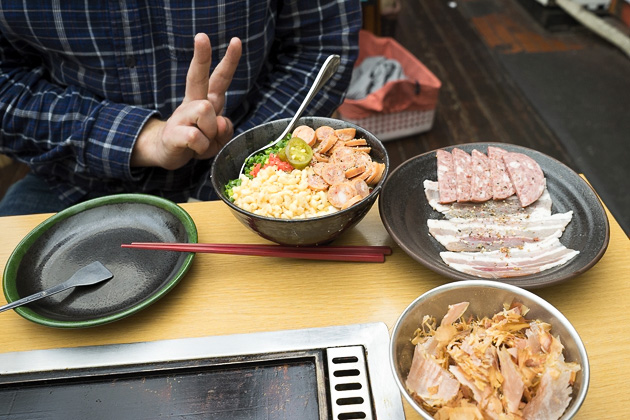
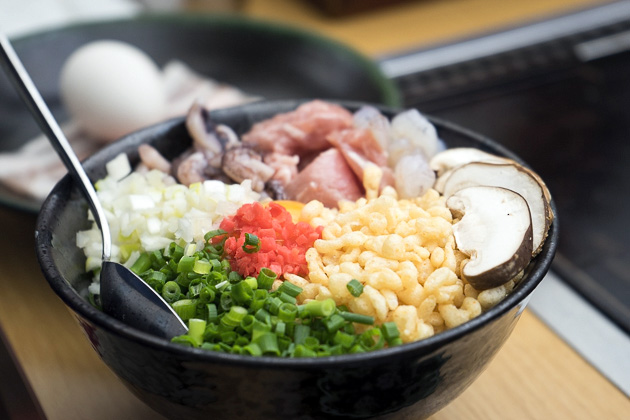
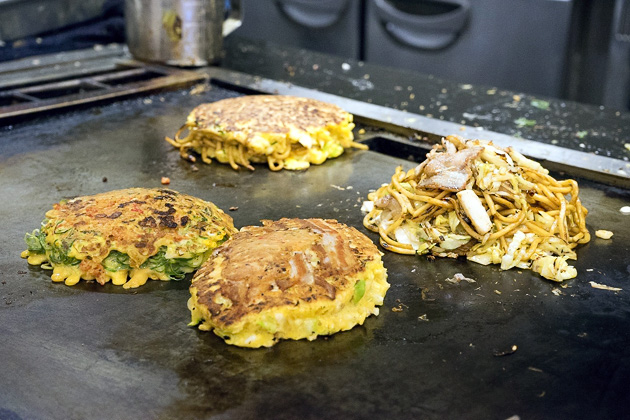
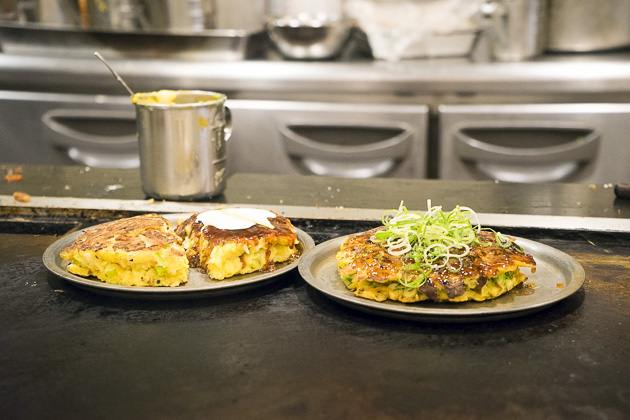
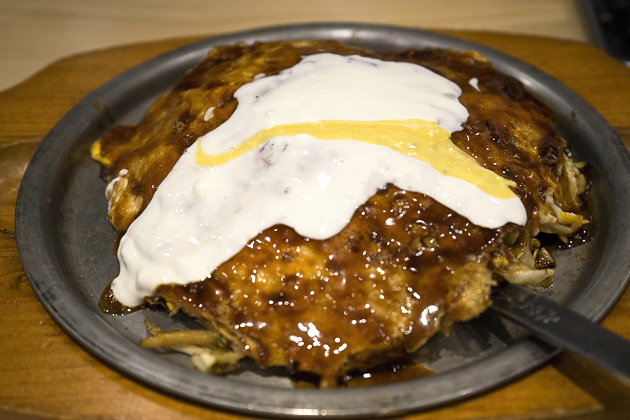
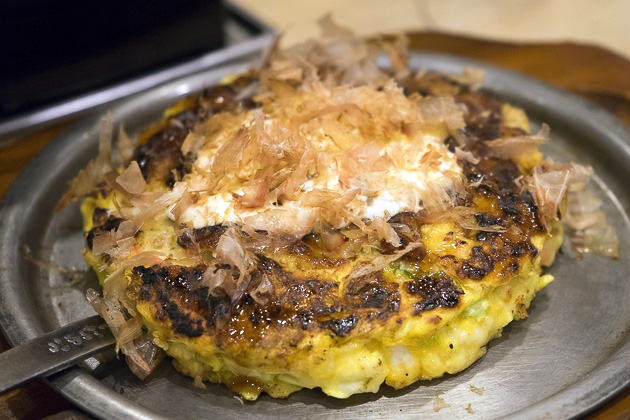
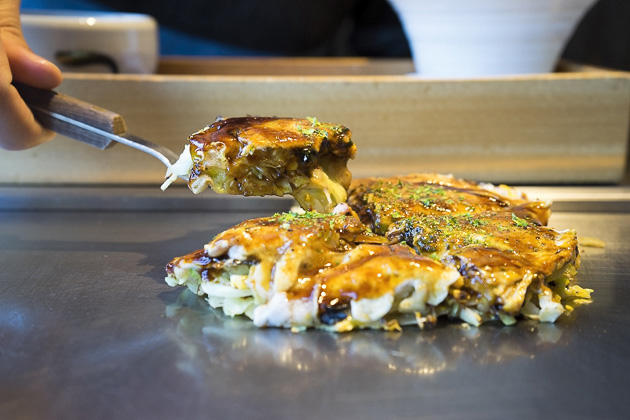
.JPG)
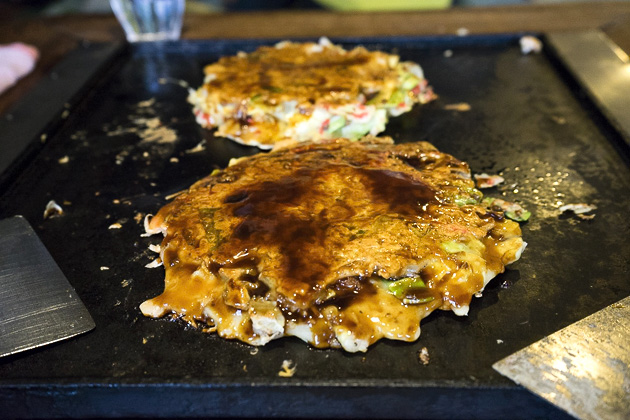
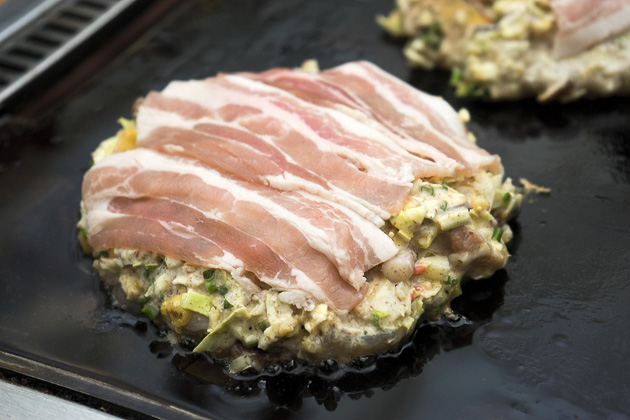
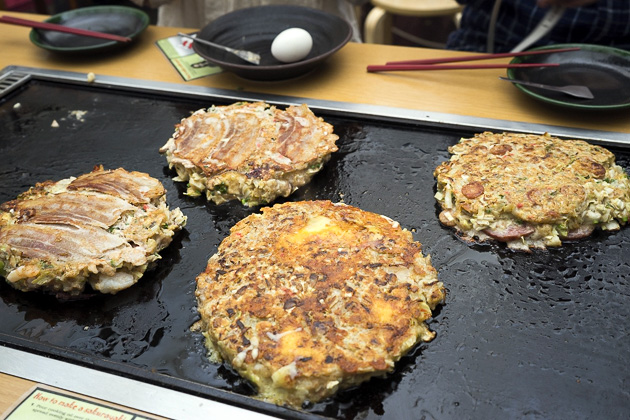
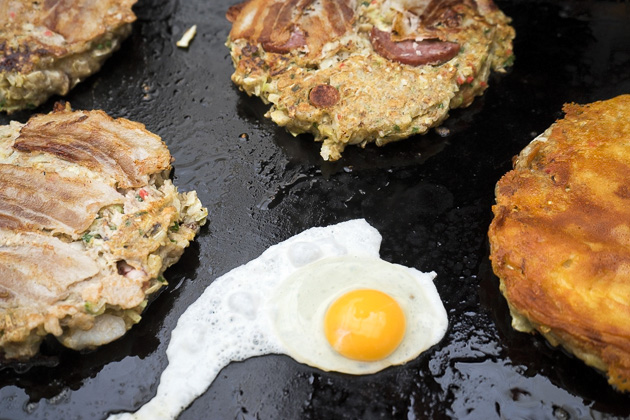

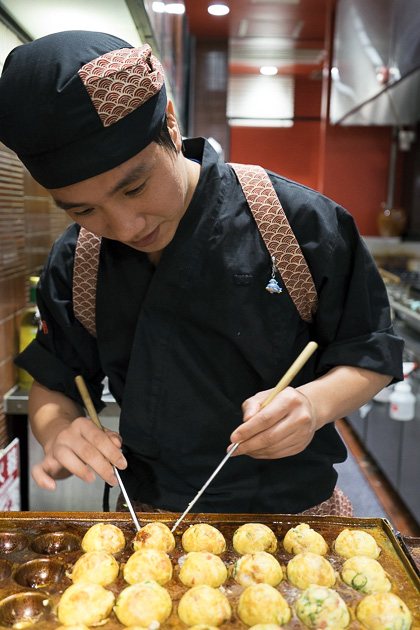
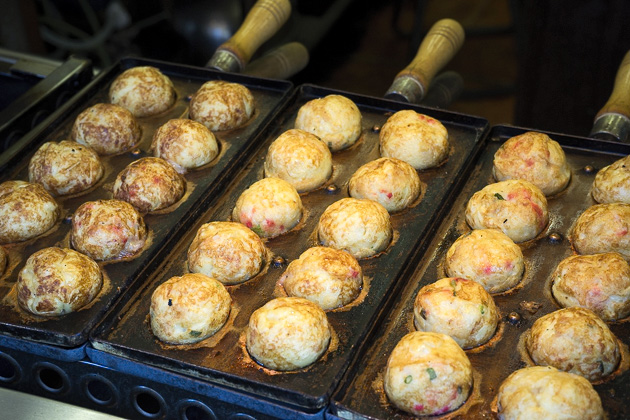
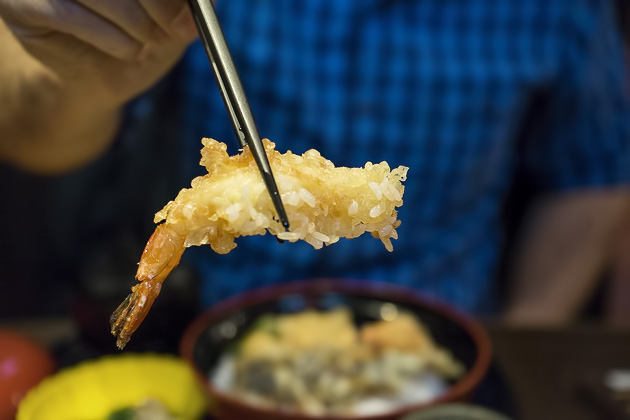
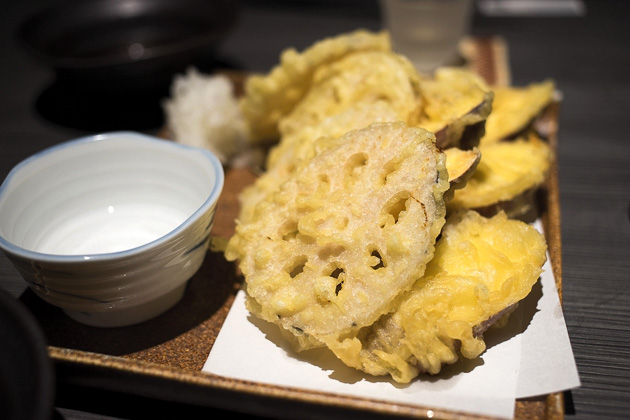

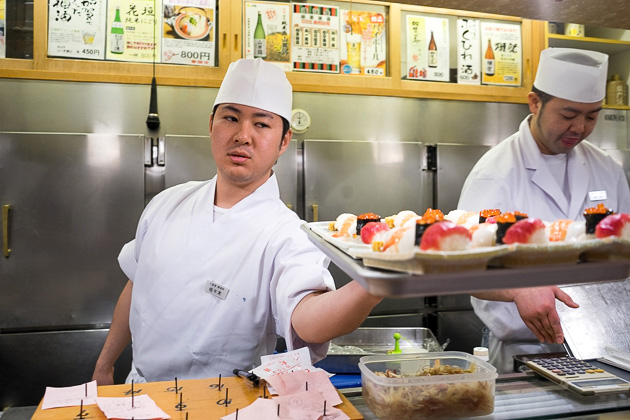
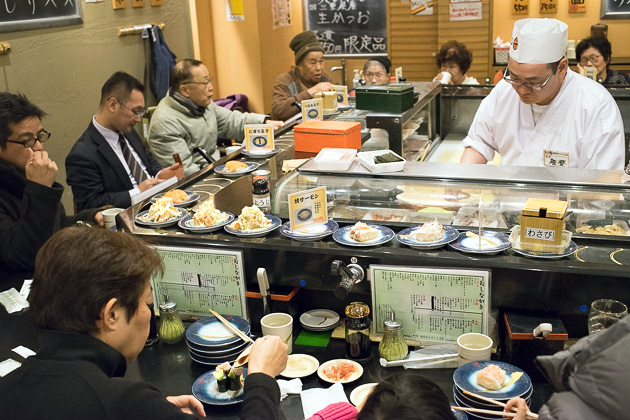
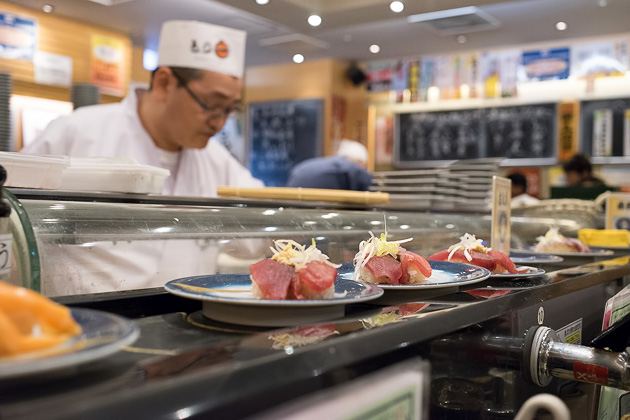
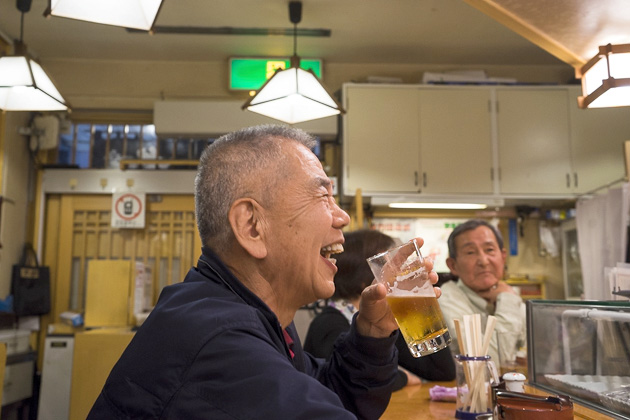
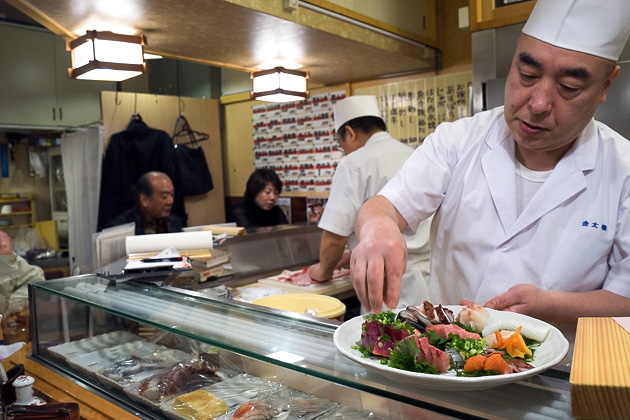
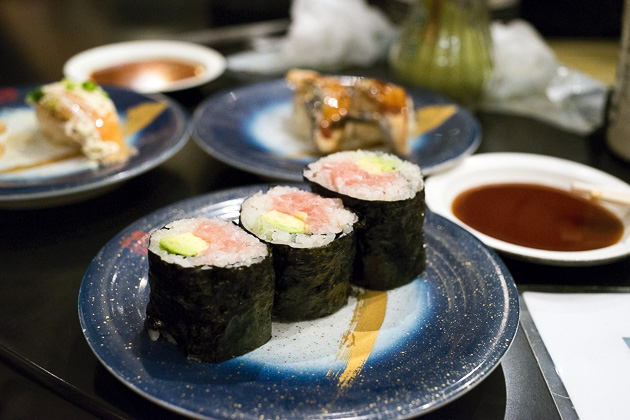
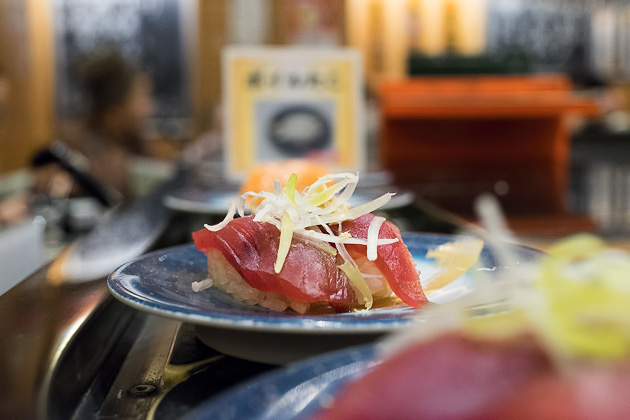
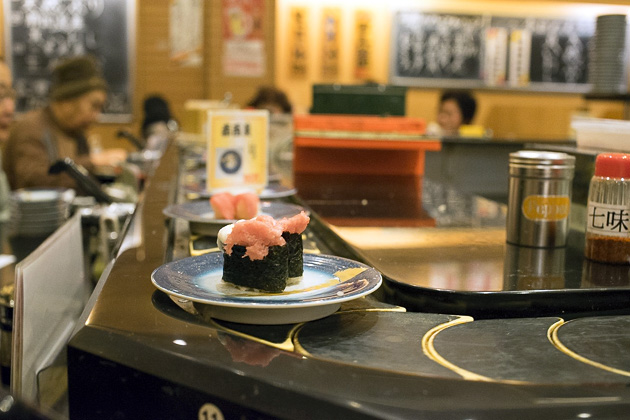
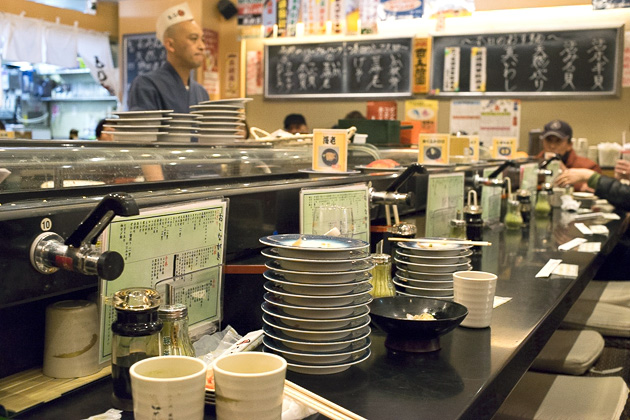
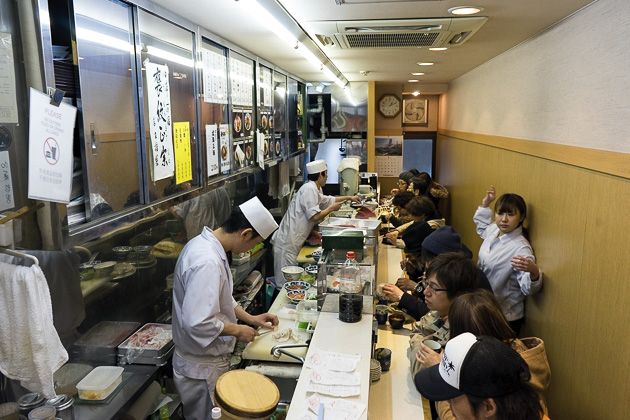
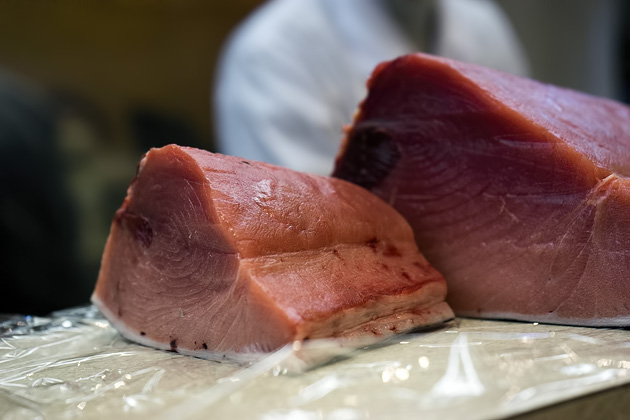
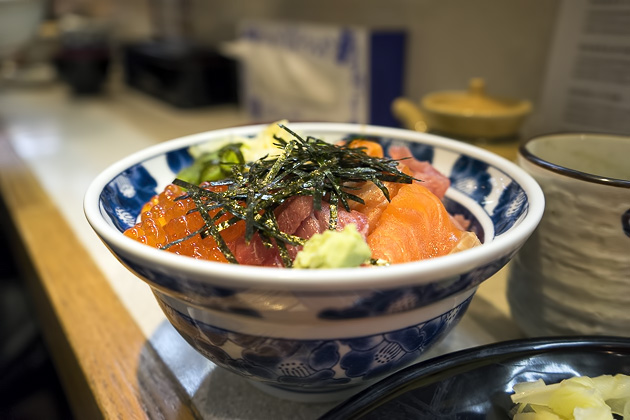
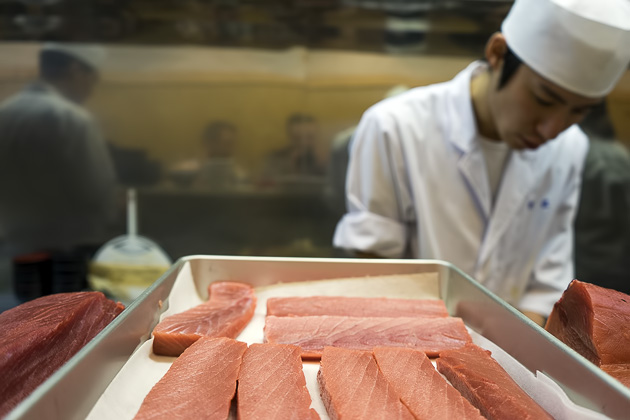
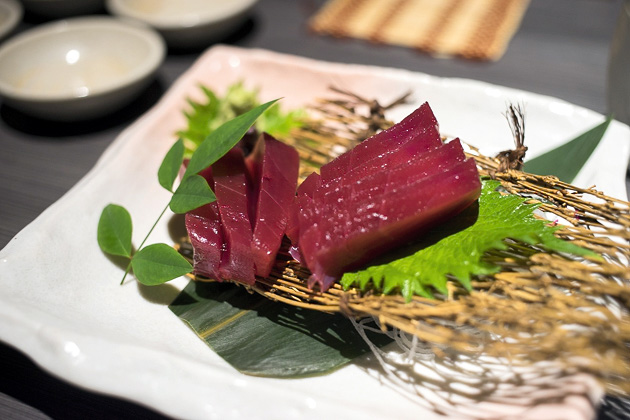
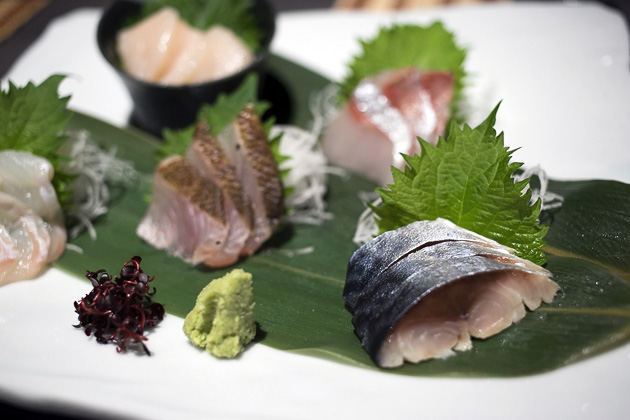
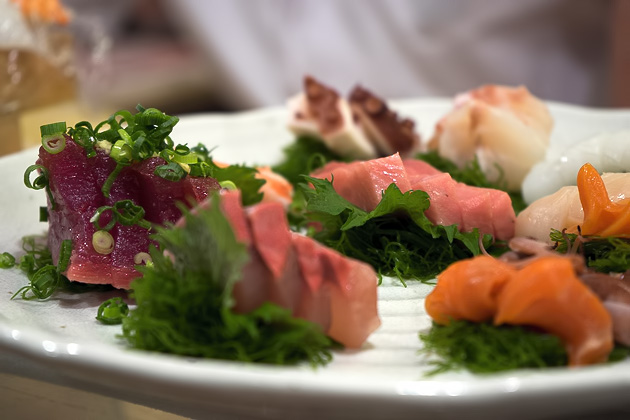

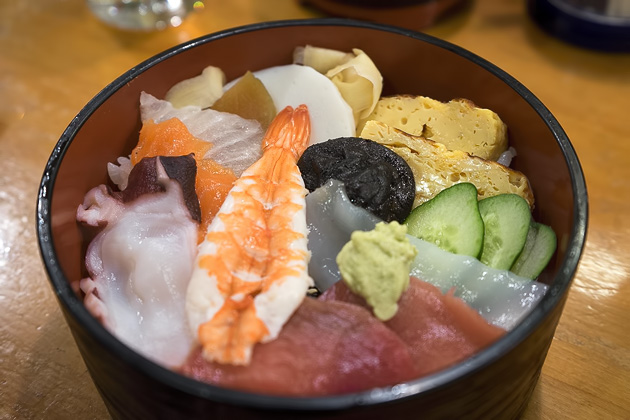

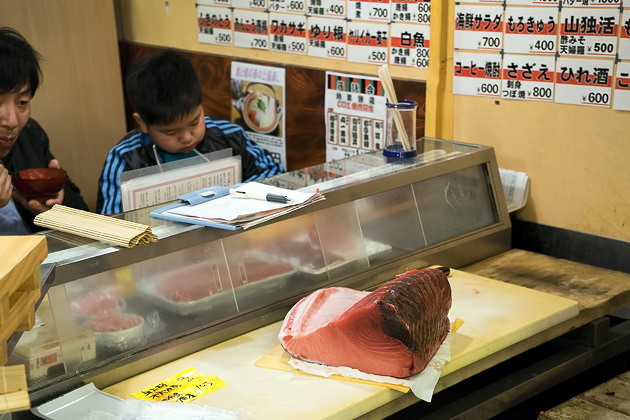
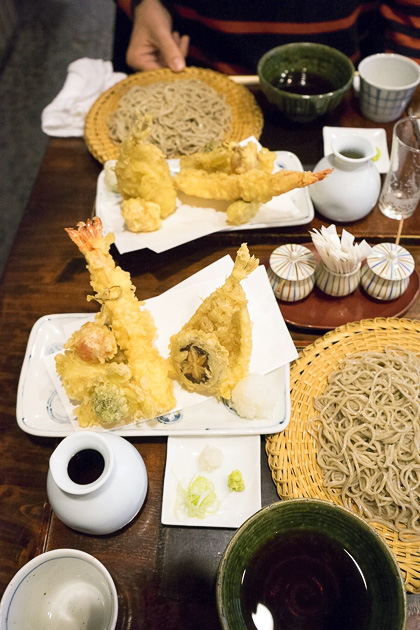
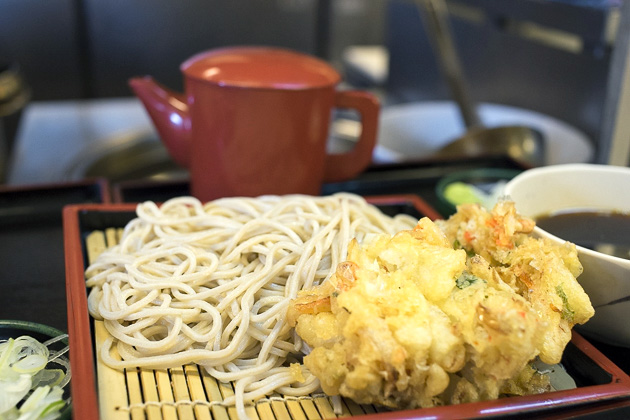

.JPG)
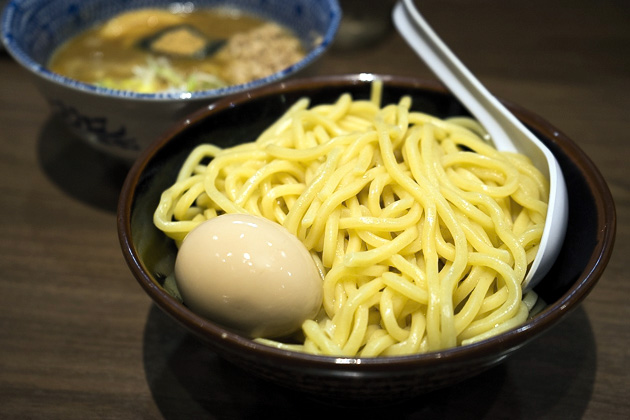
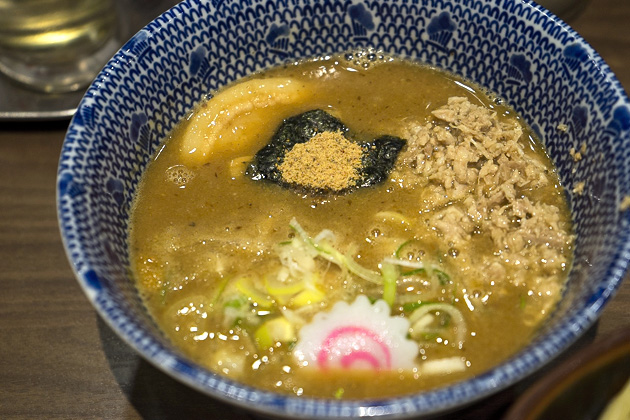
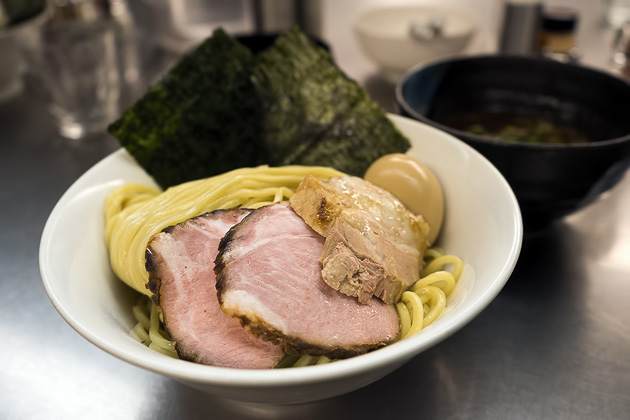


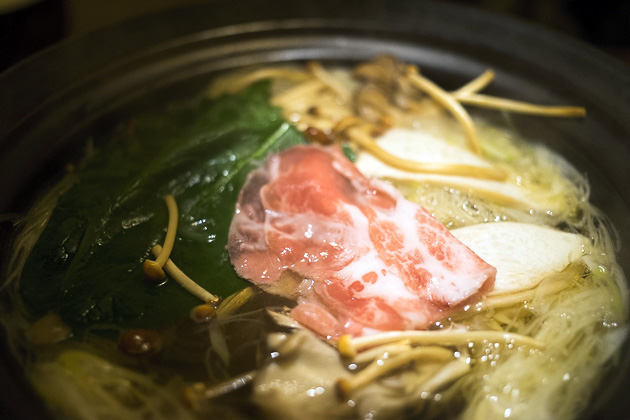

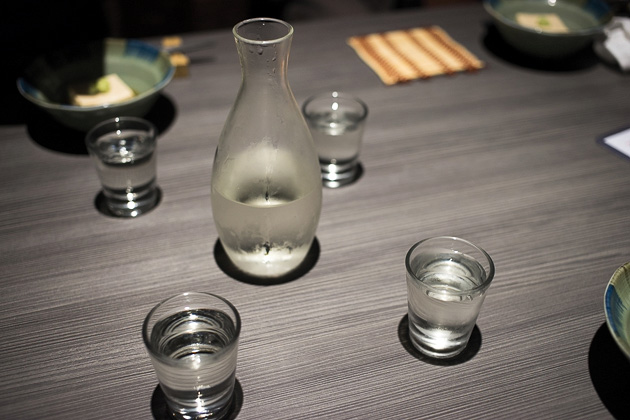
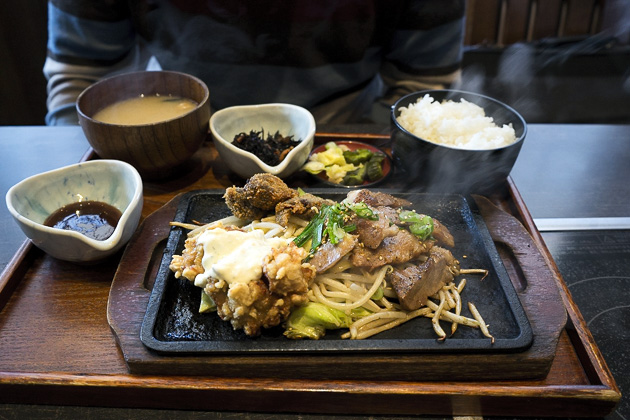
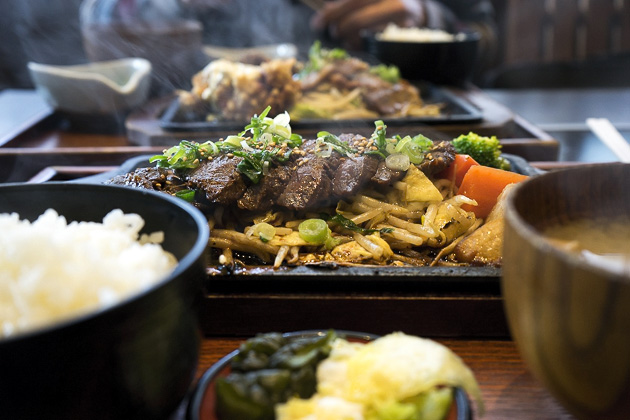
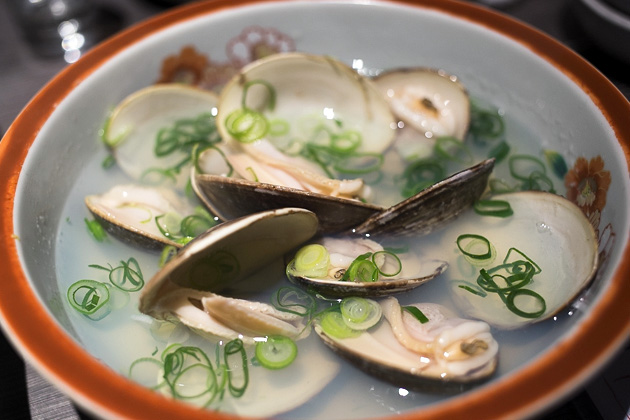
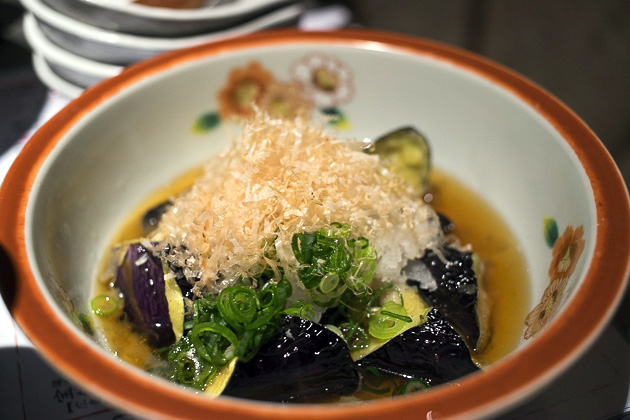
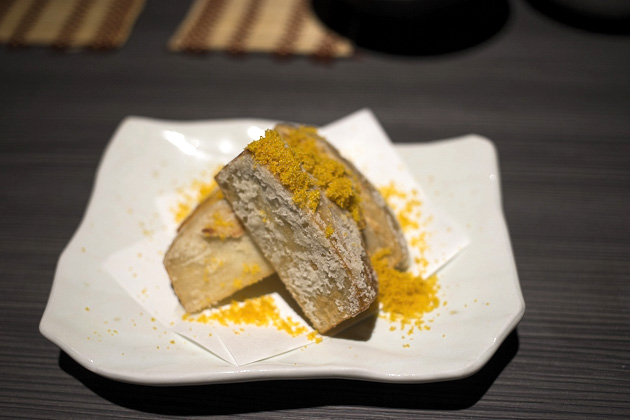
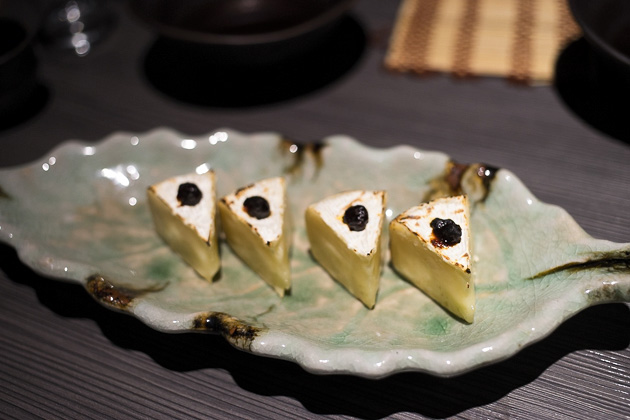
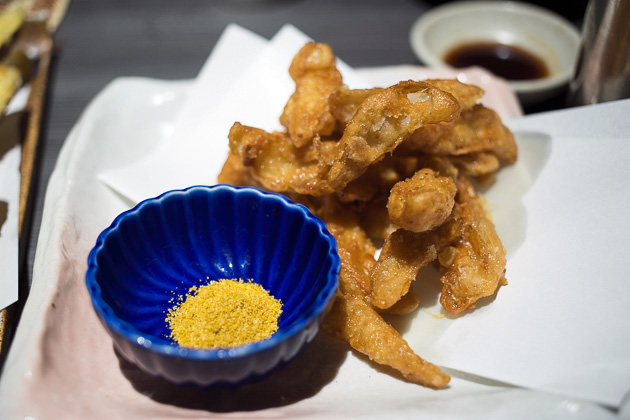
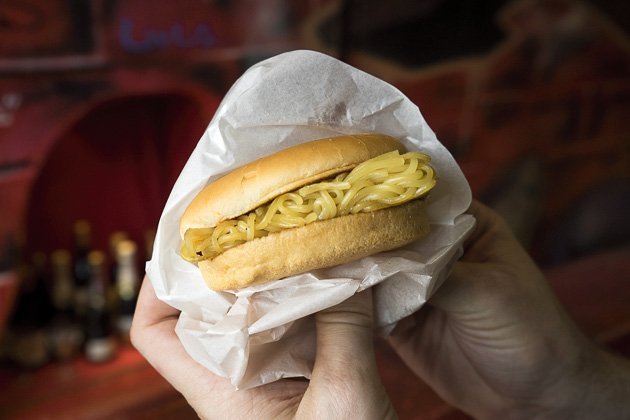

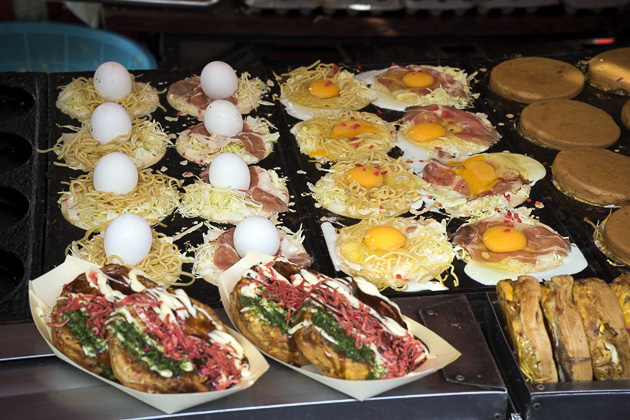
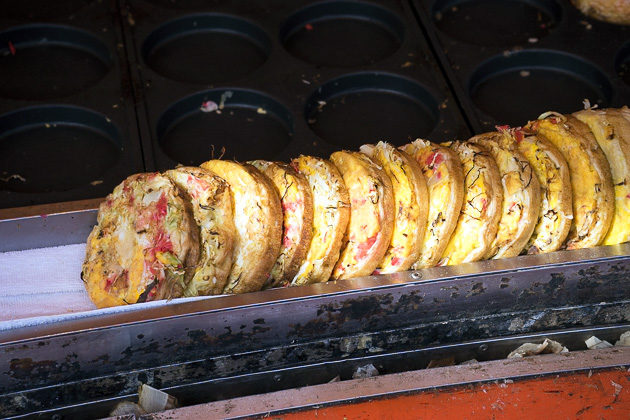
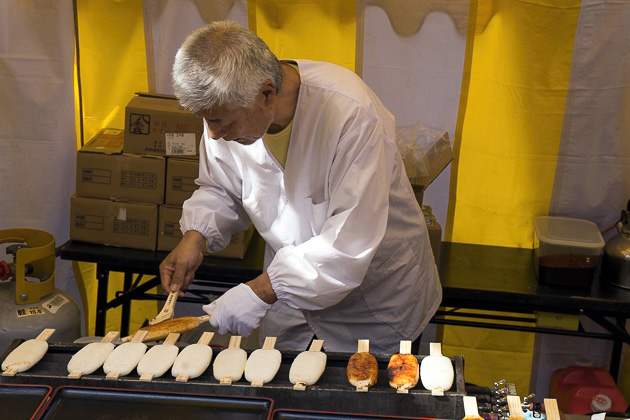
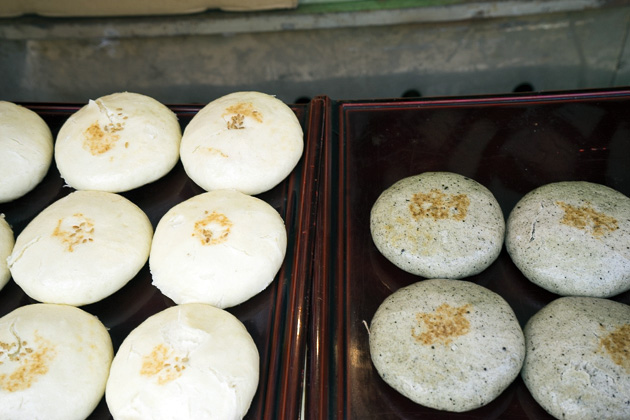
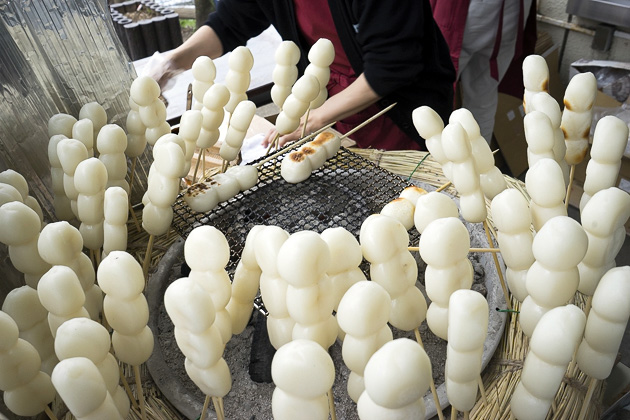
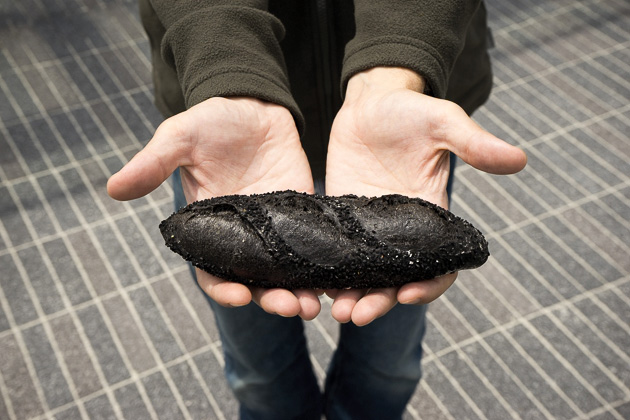
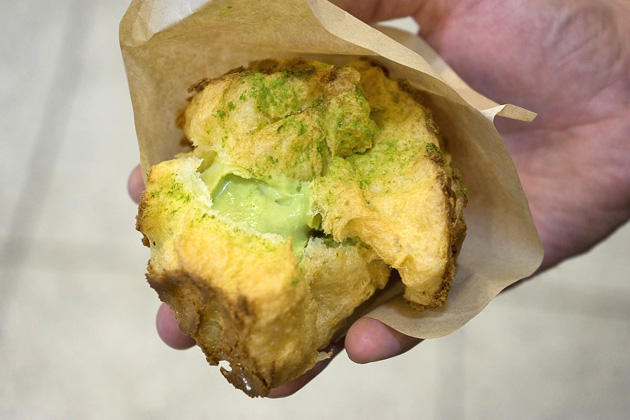
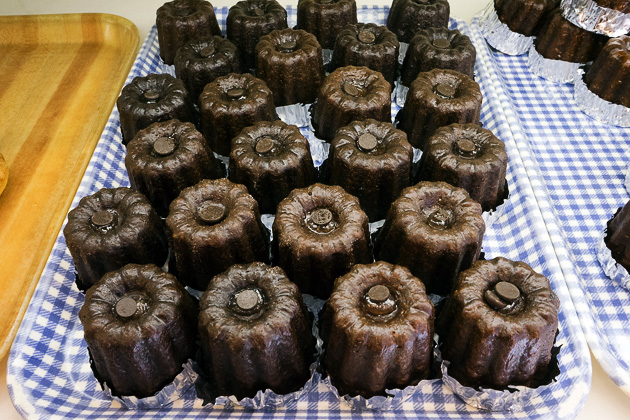
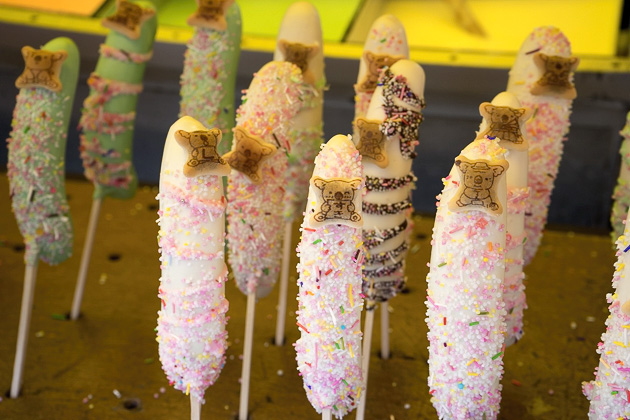
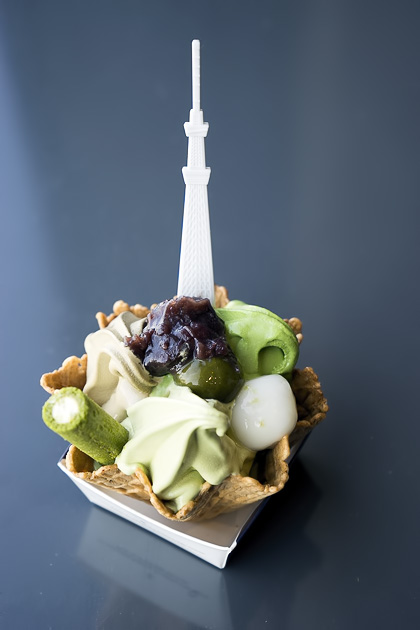

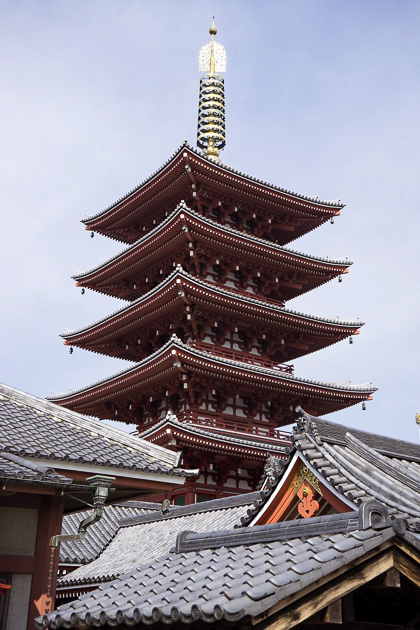
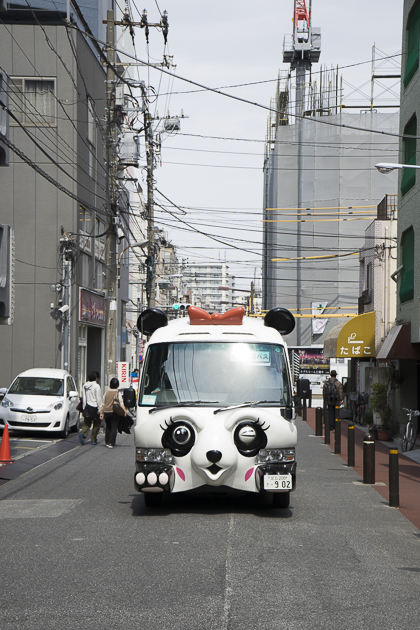
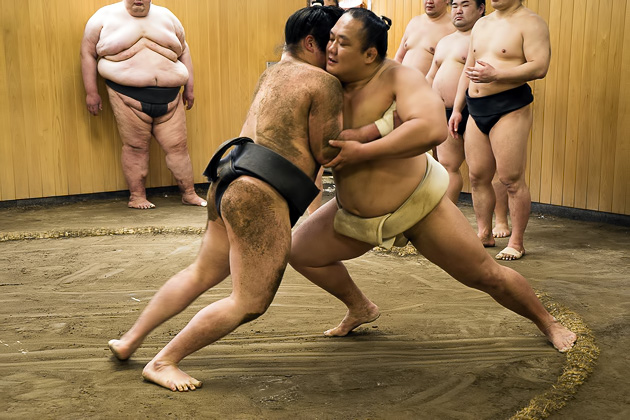
It all looks so FRESH – Yum!
OMGOODNESSS adress pls! to every one of the places!
Pingback: Sushi Socks No Soya Sauce | Random Good Stuff
Pingback: Total Blogal - Spaß Blog
Pingback: After One Month in Tokyo | For 91 Days in Tokyo – Travel Blog
Pingback: The Weirdest Candy Is From Japan